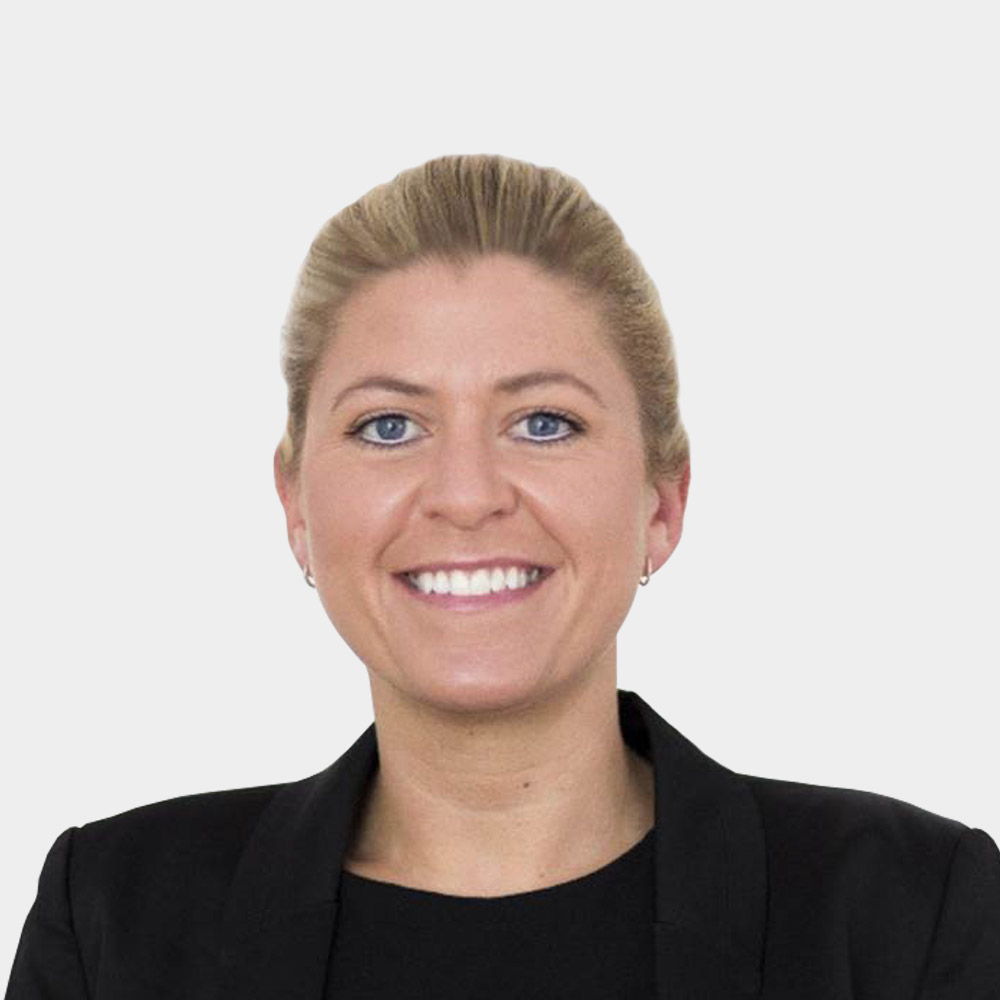TOPICS & NEWS
Articles and interviews on current trends, technology and industry challenges, information on our consulting services, seminars and events as well as company topics:
Here you can find out what drives ROI-EFESO.
True CapEx optimization requires a focus on life cycle costs, CO2 emissions and speed

Interview with Andrea Montermini, Vice President & Managing Director Western Europe, EFESO
DIALOG: The perspective on CapEx has changed significantly in recent years. What developments do we need to keep an eye on in the future?
AM: The planning and management of long-term investments has become considerably more challenging in recent years, and this trend will continue. Companies, therefore, need a very well synchronized model to manage CapEx properly. The first step is to develop a general strategy and link it to the company’s business plan. Based on this, it is important to make well-informed decisions – regarding the avoidance and reduction, but also the timing of CapEx. There are a number of levers to analyze here. In the strategic area, for example, these are the technology and product strategy, the financial framework, the ecosystem, or fundamental alternatives to CapEx purchasing.
DIALOG: What is the reason for this increase in complexity?
AM: Global conditions, the sluggish economy, the situation in the financial markets, the acceleration of cycles and more frequent technology changes are undoubtedly important causes. The decarbonization of the economy and the accompanying regulatory requirements are particularly relevant. CapEx projects, therefore, have to consider many factors that are difficult to calculate and forecast today. Decision models are needed to handle fundamental uncertainties. Dealing with CO2 emissions is a good example of this: is it more efficient in the medium term to reduce the carbon footprint through CapEx, or through other process-oriented approaches? To answer such questions, you have to be able to compare and evaluate very different solutions and include many uncertainties in the calculations. This is enormously complex.
DIALOG: Which indicators must be taken into account to build a sustainably successful CapEx management?
AM: There are three central KPIs that need to be addressed in an integrated manner to gain a holistic perspective. The initial focus is on the costs of CapEx expenditure over the entire life cycle. The second aspect is the medium-term optimization of the CO2 balance. And finally, it is about the time until CapEx becomes effective, be it the investment in a factory network or in a production line. These three KPIs need to be combined in one platform. In addition, there is the digital perspective, which must be added to this system in the future. These factors must be considered on two levels.
DIALOG: Which levels are involved?
AM: The strategy and operating model is the first level, while the actual implementation of the projects is the second. Very often, the second level, i.e., the design and procurement of CapEx, is very much in the focus. However, this means that not all three of the mentioned KPIs can be focused on.
This can also be illustrated using the CO2 example: companies, that deal intensively with sustainability issues and specifically with their carbon footprint, state that they have to manage their capital expenditure differently than before. A more holistic approach is needed, new stakeholders must be involved, and the KPIs must be developed further.
DIALOG: Why are the KPIs used so far insufficient?
AM: In the long term, CO2 is about broader targets than just savings. If you focus on financial criteria, you will not be able to create a viable business case that pays off.
A comprehensive renewal of the machinery in order to reduce the CO2 footprint will only pay off very slowly from this perspective – if at all. It is, therefore, necessary to change the governance, processes, and criteria by which long-term investments are evaluated.
There are a few critical issues that need to be addressed at a strategic level. These naturally also require corresponding changes at project level like in the context of design-to-value considerations and other product development methodologies. This also goes hand in hand with process development, the development of technologies – and therefore CapEx. Here, again, the triad “Cost – Carbon – Time” must be addressed.
DIALOG: How can this diversity of topics be brought together and made transparent?
AM: Today, even companies that invest 200 or 300 million euros a year in the long term often lack transparency about what happens in these projects from planning to execution. There is a lack of data, structures, and dashboards to effectively manage CapEx portfolios. This is where digital approaches can bring significant added value.
For example, by integrating CapEx projects into central AI-supported platforms or by introducing a CapEx Control Tower, a solution that has already proven itself in other areas.
Interview partner
Andrea Montermini, Vice President & Managing Director Western Europe, EFESO
More than 25 years of experience as management consultant. His main competencies are in business planning and management, industrial strategy, operational improvement across the end-to-end value chain, product & CapEx management, and commercial & contractual management.



